Haussmann's Paris
![]()
" Paris is the heart of France. Let us put all our efforts into embellishing this great city!"
So declared Louis Napoleon, Napoleon III, in 1851, soon after he came to power. He named Baron Georges-Eugene Haussmann as Prefect of the Seine in 1853 and put him in charge of the great project of urban regeneration of Paris.
As Haussmann began this grand project, the great capital city of France was essentially as it had been since the Middle Ages, with a maze of narrow streets lined with closely packed buildings, many dilapidated and built of wood. This urban form impeded the growing traffic flow and created unhealthy conditions and risk of fire.
In 1853, Haussmann began the process of planning and implementation that resulted in the Paris that a visitor in the 1920s and 1930s would have seen. Indeed, this is the Paris that a visitor sees today.
It is the network of avenues and boulevards, created under the Haussmann Plan, that provided the framework of modern Paris. The opening of these wide avenues combined with the codes that specified the form of buildings along them, gave the city its elegant and dignified look and enabled shops and cafes to thrive in the ground floors of every building. This ensured that every Parisian would be able to live in a walkable urban neighborhood.
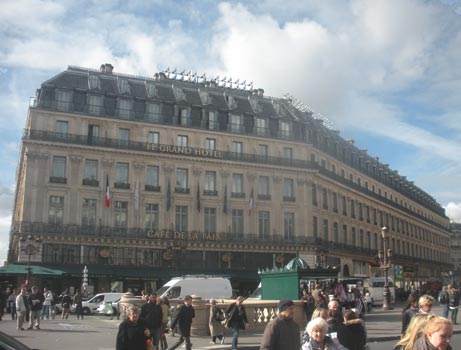
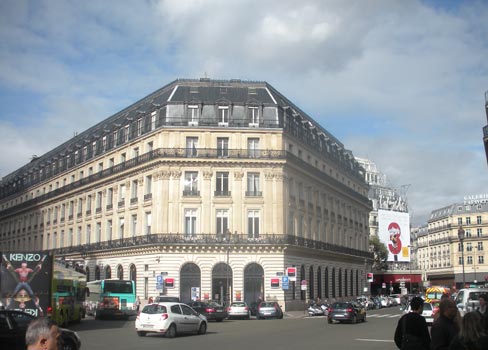
The opening of these boulevards and avenues enabled many dilapidated buildings to be cleared and also resulted in the construction of the city's water and wastewater infrastructure, making Paris one of the most modern cities on the planet!
A superb example of this effort is the great boulevard, Champs Elysee, which begins at the Place de la Concord and stretches all the way to the Place Charles de Gaulle-Etoile, the center of a great circle avenue, where stands the Arc du Triomphe.
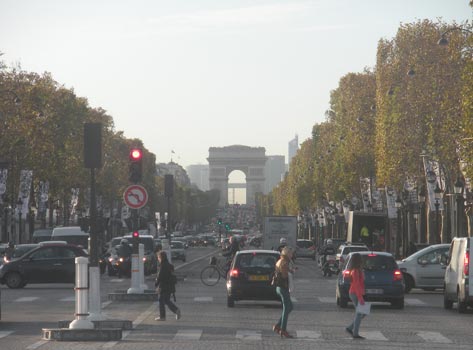
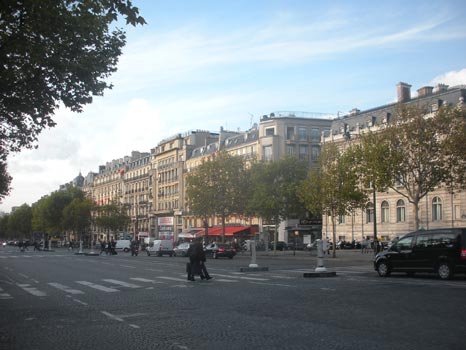
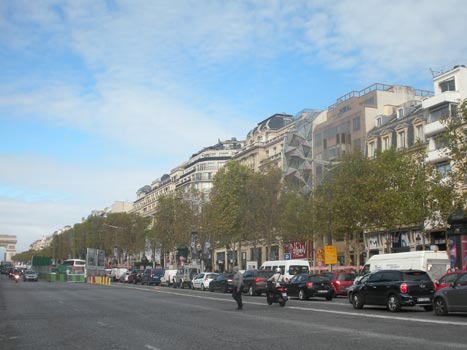
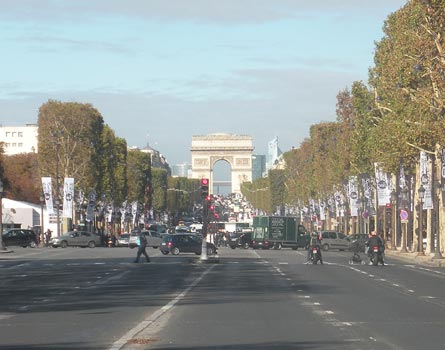
The Arc is a Paris Icon, as well as monument to important moments in France's history.
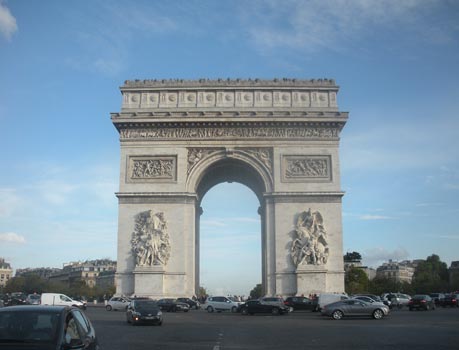
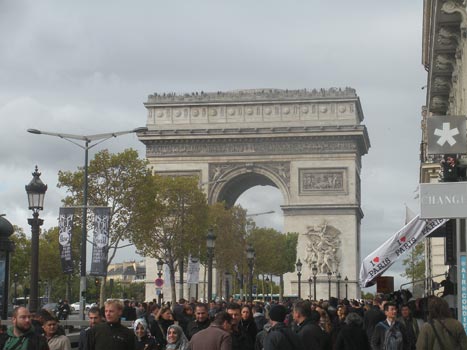
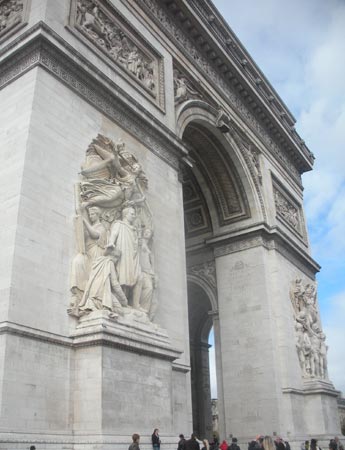
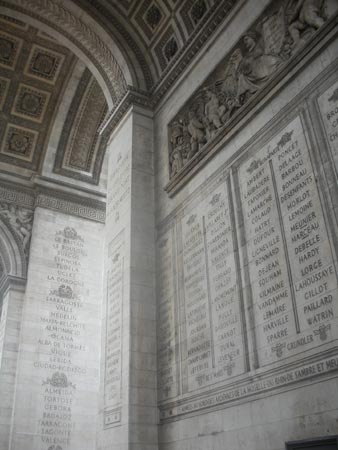
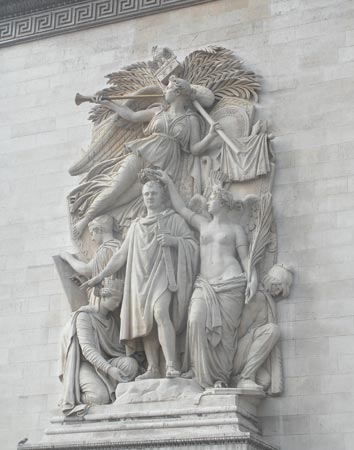
Beyond the Arc lies the Paris of the 21st century...
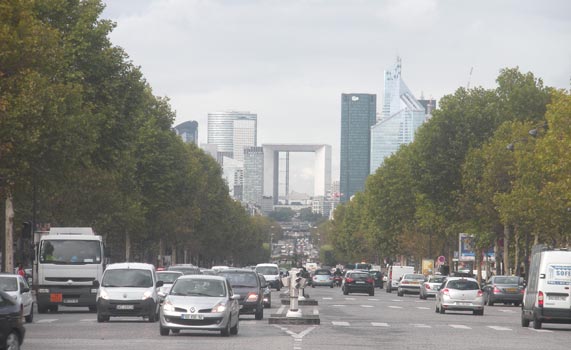
Retracing our steps down the Champs Elysee, the vast Place de la Concorde holds the Egyptian Obelisk, or Cleopatra's Needle, a gift from Egypt to France. With help of French engineers, it was removed from the Luxor Temple in southern Egypt and transported to Paris for installation. The base of the obelisk holds inscriptions with diagrams explaining how this massive chunk of red granite was moved and transported down the Nile and then shipped to France and eventually to Paris!
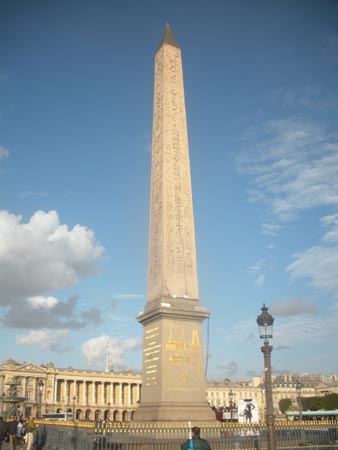
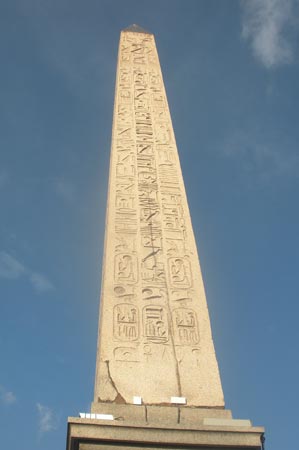
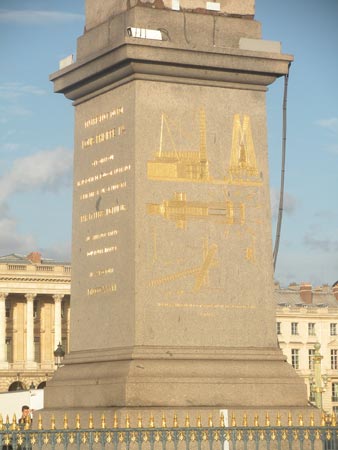
During the Haussmann regeneration, it was decided that a great capital must have a great theatre. Architect Chalres Garnier was given the commission to design a grand building and the result is the great Paris Opera, which opened in 1875, just a few blocks away (left below). Another landmark building, the Neo-Rennaissance Hotel de Ville, the seat of the administration of Paris, was built in 1873 to revitalize another Paris neighborhood (right below).
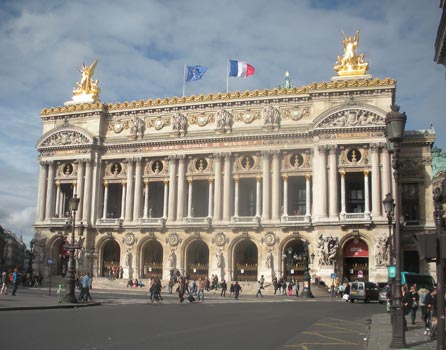
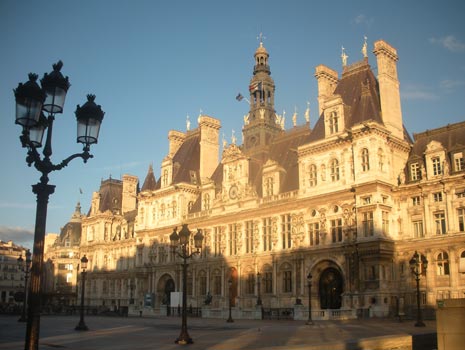
Just before the arrival of the 20th century, the Exposition Universelle in Paris opened in 1889. Visitors from all over the world marveled at the Eiffel Tower, the grand entrance to the fair.
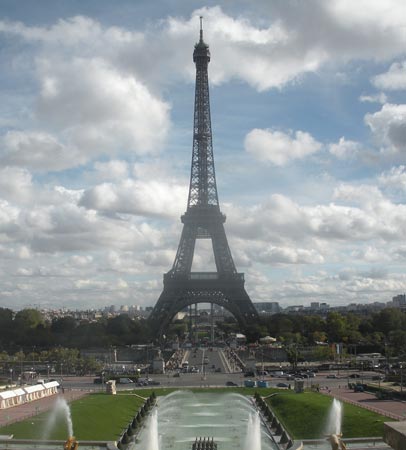
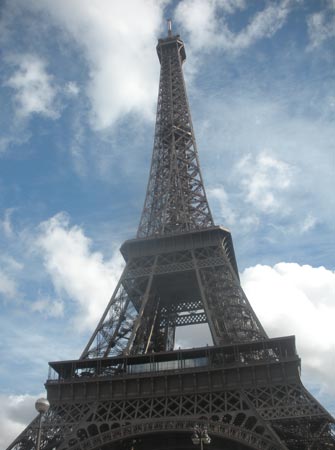
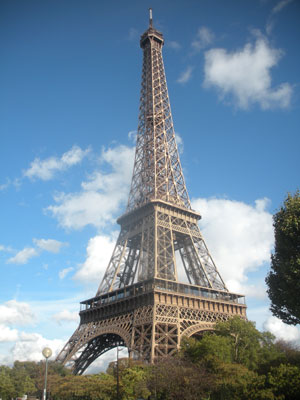
Then in 1900, during the next Exposition Universelle, residents and visitors enjoyed the experience of being quickly transported underground via the remarkable Metropolitain (Metro) (pictures of one of the first stations, still in use, are below).
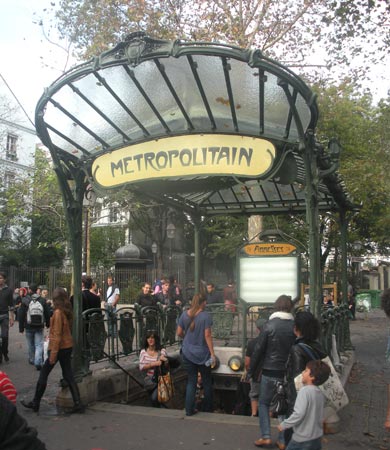
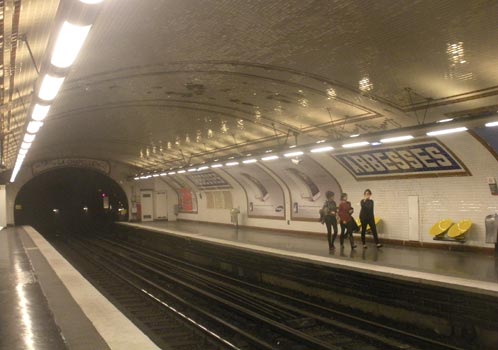
Exposition visitors also viewed the international exhibits in the newly opened Grand Palais (left below). Nearby, the Galleries Layfayette Haussmann was evolving into the great temple to consumption, still very popular today (right below).
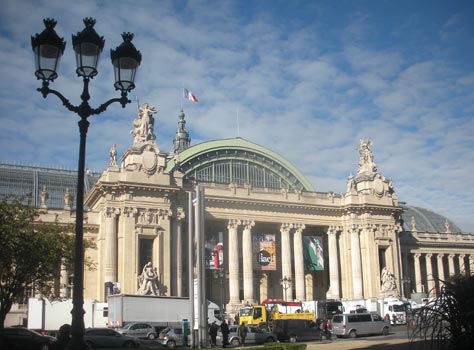
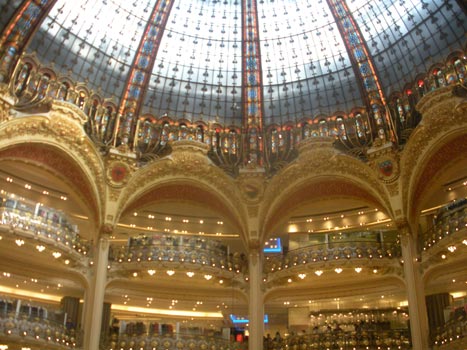
Baron Haussmann realized the importance of natural world connections and he included parks in the plan for Paris. One, the Bois de Boulogne offered woods, water and pleasant paths for strolling.
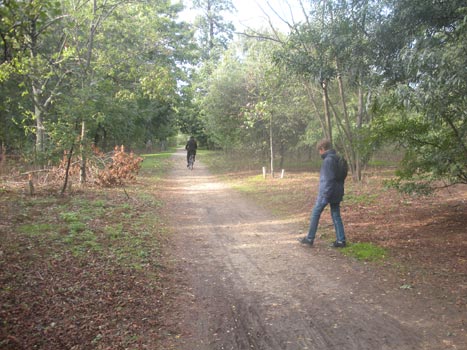

Returning to the Place de la Concorde, one enters the Jardines des Tuileries, long enjoyed by Parisians out for a stroll, and often found in the paintings hanging in the Musee du Lourve, not far ahead.
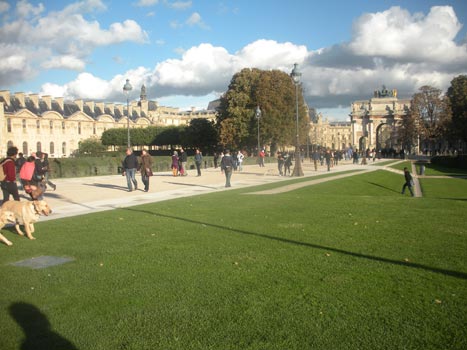
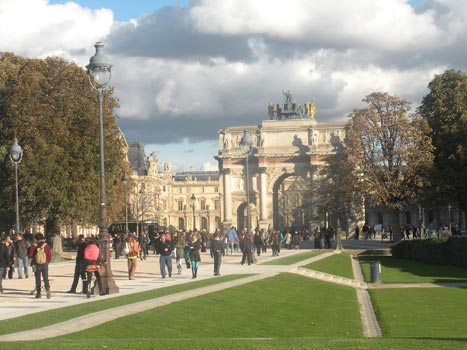
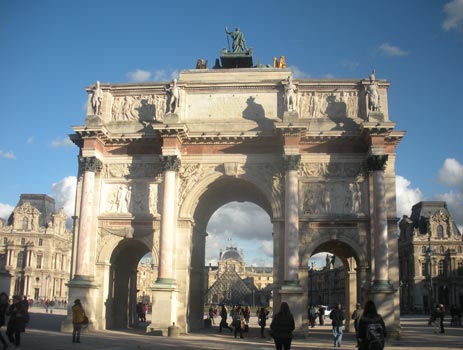
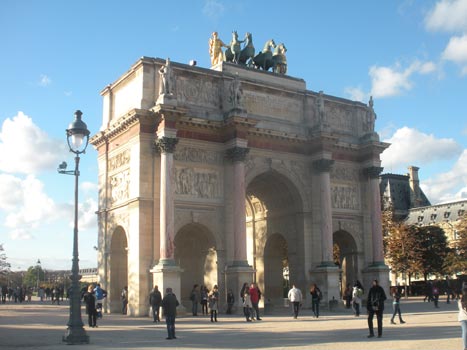
Having passed under the Arc du Carousel, it is short stroll to the Pyramid, the new entrance to the Musee du Lourve. Baron Haussmann certainly did not envision this!
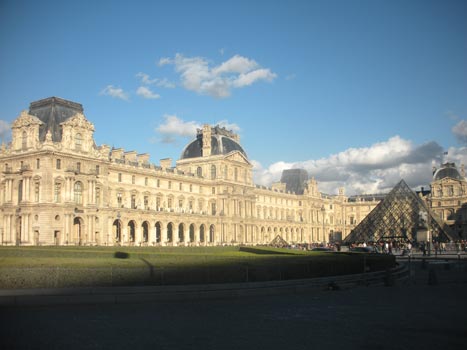
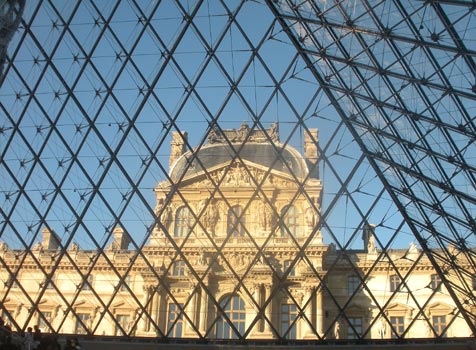
A visit to the Musee du Lourve is an essential part of any visit to Paris. It has a long and glorious history which we plan to write about at another time.
Click here to return to our 'Fall 2012 - Encounters with Ike, Claude, William and Ernest' page
![]()